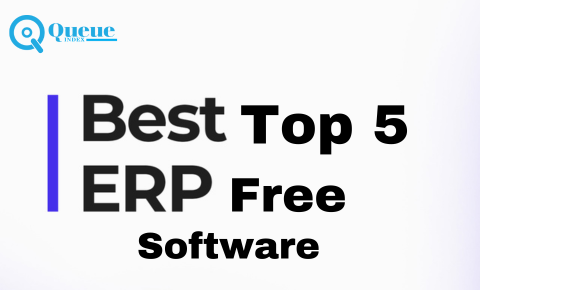WHAT IS DOMAIN NAME SYSTEM BLACKLIST (DNSBL)?
Domain Name System blacklist (DNSBL) The email server actively checks the DNSBL database upon receiving a message to verify if the sender’s domain or IP address is listed. The Domain Name System blacklist (DNSBL) is a method used to identify and block spam emails by maintaining a database of blacklisted domains or IP addresses known for sending unsolicited or malicious content. DNSBL helps organizations enhance their email security by filtering out unwanted and potentially harmful messages. It provides an additional layer of defense against unsolicited and malicious content. By blocking blacklisted domains or IP addresses, DNSBL prevents spam emails from clogging up networks, protects against phishing attempts, and reduces the risk of other email-borne threats. How do DNSBLs impact email delivery? The major email providers like Gmail, Hotmail, AOL, and Yahoo mainly recognize a few highly trusted DNSBLs, such as those provided by Spamhaus. Other DNSBLs usually have a minimal impact, although certain mail systems may prioritize specific DNSBLs. Furthermore, many email providers actively maintain their own private deny lists, keeping them confidential and undisclosed to the public. If your IP address is on one of these lists, it can greatly impact your email sending capabilities to users of that email provider. Different DNSBLs have varying effects on the successful delivery of an email. How DNSBL Work? How do IP addresses end up on DNSBLs? It’s important to note that each DNSBL has its own criteria and methods for listing IP addresses. To avoid DNSBL listings, organizations and networks must actively maintain IP address reputation and follow email best practices. IP addresses can end up on DNSBLs (Domain Name System Blacklists) through various mechanisms. Here are some common reasons: Benefits of DNSBL By leveraging DNSBL technology, organizations can effectively manage their email traffic, protect their networks, and enhance the overall email experience for users. Common DNSBL Providers What is URI DNSBLs? URI DNSBLs play a crucial role in email security and anti-phishing measures. When an email server or security system encounters a link in an email, it checks the URI against the URI DNSBL database. URI DNSBLs, also known as Domain Name System Blacklists for Uniform Resource Identifiers (URIs), are a type of DNS-based blacklists that focus on identifying and blocking malicious or suspicious Uniform Resource Identifiers. URIs are essentially web addresses or links found in emails, web pages, or other online content. The email server may take action to prevent the user from accessing the malicious link or even discard the entire email to protect the recipient from potential threats. URI DNSBLs are part of the broader effort to maintain a safer and more secure online environment by preventing users from falling victim to phishing scams and other cyber threats. The Usage of DNSBL Conclusion In conclusion, the Domain Name System blacklist (DNSBL) plays a crucial role in protecting email systems from spam and malicious activities. It serves as a valuable tool for identifying and blocking IP addresses or domains that have a reputation for spamming or engaging in harmful practices. By understanding DNSBLs and adopting best practices, we can create a safer and more reliable email ecosystem for everyone.
WHAT IS DOMAIN NAME SYSTEM BLACKLIST (DNSBL)? Read More »







